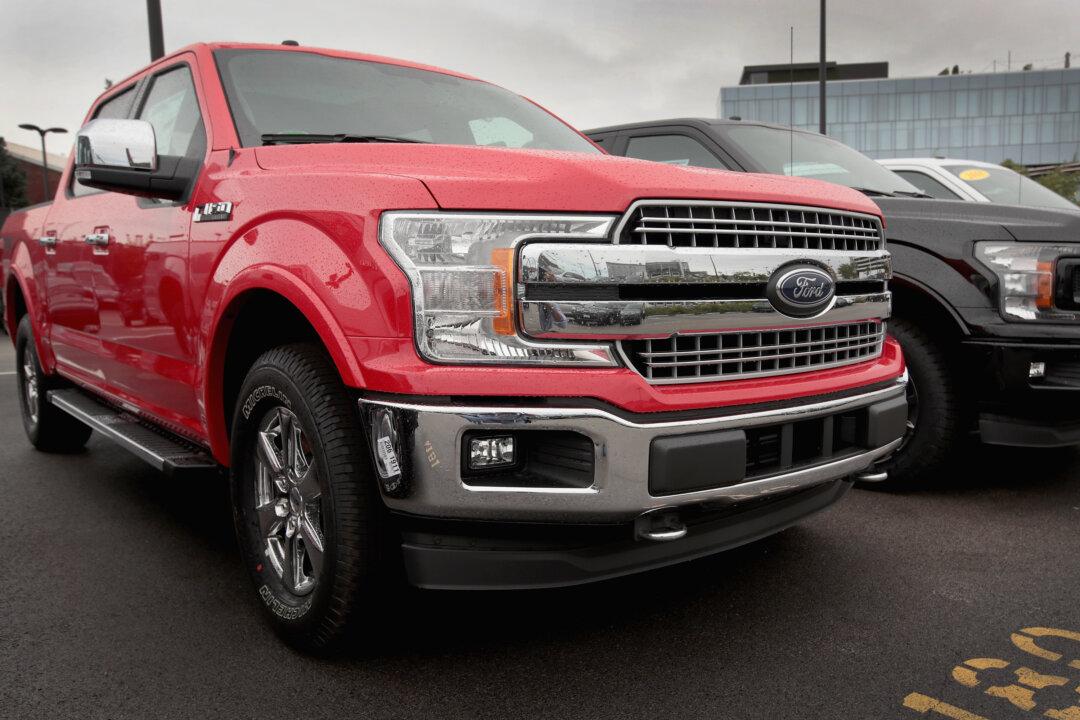Americans have redirected more than $100 billion into purchases of trucks, computers, guns, and ammunition in the past year or so, consumer spending data indicate. This money is on top of what people were spending before the onset of the CCP (Chinese Communist Party) virus pandemic. To some degree, the sum reflects the increased prices of these products.
After governments locked down major parts of the economy around March last year, consumer spending dropped by almost 7 percent that month and another nearly 13 percent the next. Despite some recovery, the economy remained somewhat depressed for the rest of the year and only recovered to its previous trend in March and April, according to the Personal Consumption Expenditures data from the Bureau of Economic Analysis (BEA).





